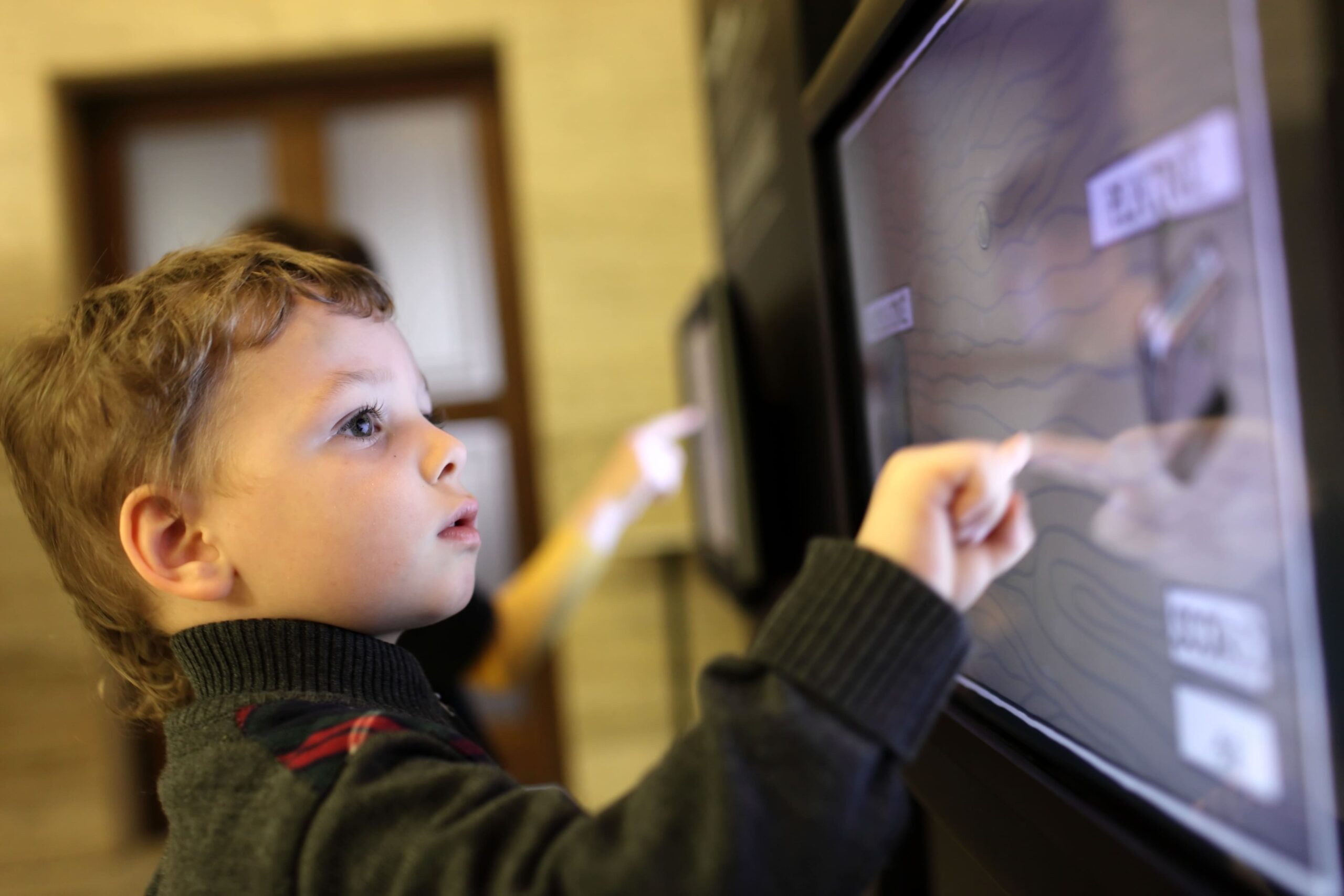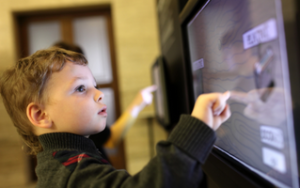
Technology: Crucial or harmful to early childhood development?
By Nicole Hicks, Early Years Specialist
How much is too much, and how much is necessary?
As a parent, and as an educator i have struggled with these questions. Even writing the title of this blog made me feel a little uneasy. After all, how many debates does this topic spark across society on a daily basis?
I came from the age where we had hard copy encyclopaedias in the house. We went to libraries to search for information that was needed for assignments and to gain knowledge and facts.
So, the introduction of that little search engine called ‘Google’ was such an overwhelming change literally for society ‘overnight!’
I also come from the age when mobile phones came with a battery pack that was the size of a small esky.
We thought it was cool as a family to have a phone that you took outside the house and people could get in touch with you, whenever and wherever you were. What a concept!
Nowadays, you are never uncontactable, really. Answers to almost every question or any point of research is only a quick search away, delivered in nanoseconds.

Not forgetting the games and entertainment technology provides us. Gone are the board games, like scrabble. With technology, you can connect to someone thousands of miles away and challenge a stranger to a game of linguistic smarts.
So, in light of the above, the question is whether technology plays a part in the Early Childhood sector in regards to children’s development?
Well, depending on who and on what day you ask, yes it does play a part.
It is a necessary component of society and development. But there’s a fine line between deciding how much is too much, and how much is necessary.
So, how do centres bring technology to the children in their classrooms? The most popular means are through smartboards, watching documentaries, educational apps and ipads.
Kids are tuned into technology –
Technology has transformed the creation of educational content for children. Children can watch a lion in its habitat, rather than read about it or see a static picture. Little learners can interact with letters and words by dragging the letters around the screen and listen to the audio sound of the letters by clicking an icon.
Children can learn anything, from the names of animals to the characteristics that make mammals different from reptiles. This technology provides Educators with the opportunity to extend learning by encouraging children to ask questions and discuss the information shared.
However, a few lines need to be drawn. The first is that technology must always enhance knowledge and provide more learning opportunities. Secondly, technology cannot just be used as a tool for convenience. Simply because it exists doesn’t mean it needs to be used at all times.
One of the attractive features of tablets is that children, from an early age, can use devices independently. Research, however, repeatedly shows that social interaction supports learning. Therefore, to really maximise the learning that is occurring in the classroom, the games and apps on these devices should be used in pairs or in small groups. The Educator can then build on the learning and information presented by the device through conversation and other hands on activities away from the device.
The Explore Imagineland team, have developed an interactive educational resource that combines storytelling with strong morals and identified character traits, introduced through music and games for each of its characters.
Designed for use on a smart board, computer screen or tablet, it also offers user friendly EYLF Lesson Plans to compliment your programming.
This could be the program for you.
Technology is the way of the future and this just cannot be ignored. It is transforming learning positively, not taking away learning. However, life is all about balance in everything we do. So as long as Educators are using this technology to enhance learning experiences, and promote thought provoking questions, it has a place in centres. And, as long as technology use is far less than other learning areas focussed on throughout the day within the centre – it has a place within the Childcare Sector for learning to continue on the right track!
Sign up for a FREE TRIAL or SUBSCRIBE


